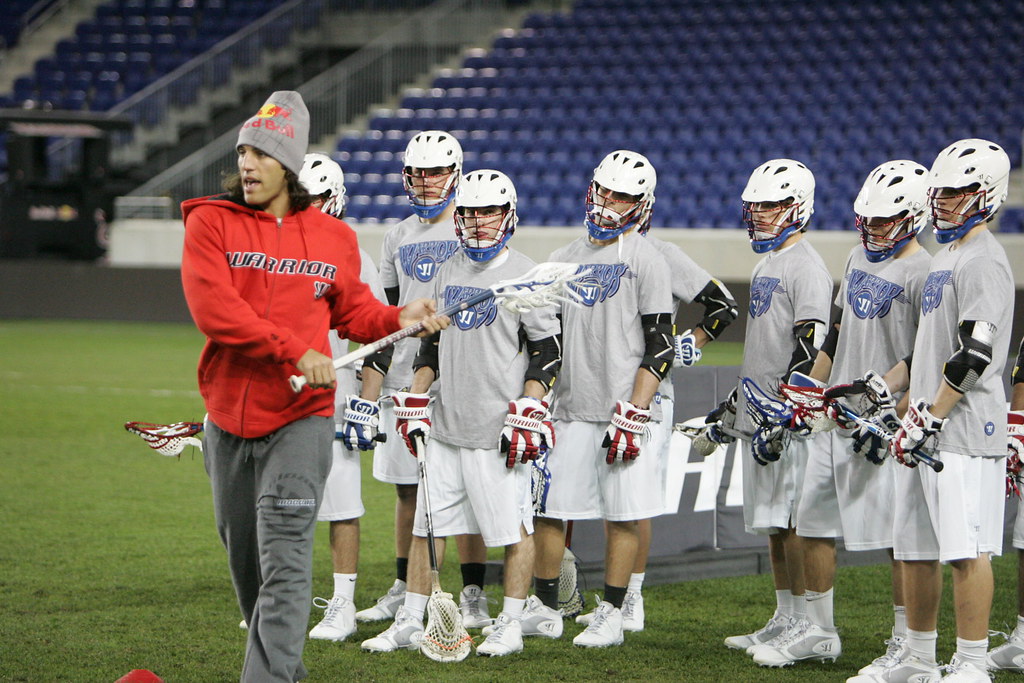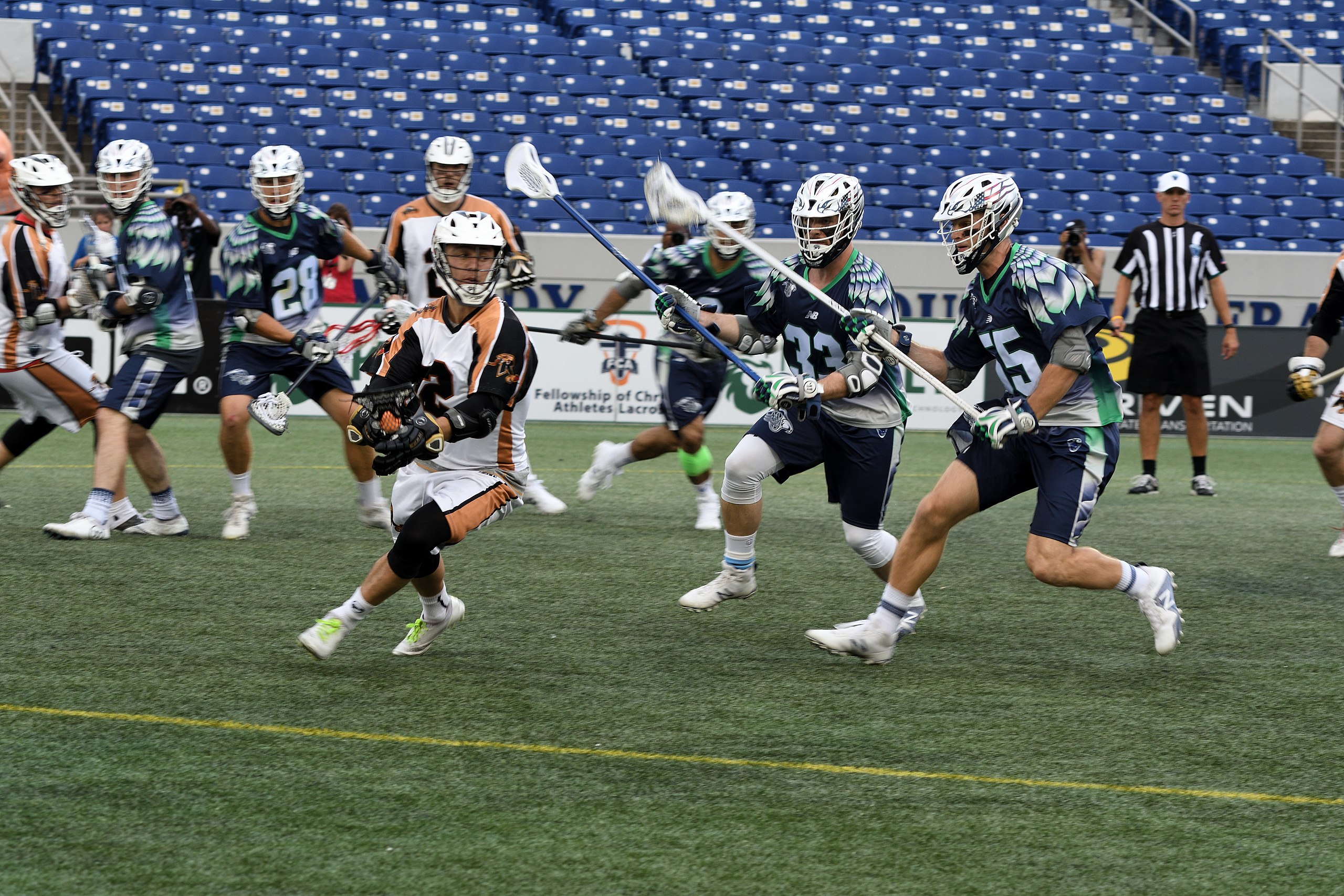Google “fastest growing sports in the U.S.” and you are bound to find a plethora of articles with lacrosse at the top of the list. The numbers back up this growth too — from its initial survey in 2001 to 2017, US Lacrosse reported an incredible 226 percent increase in participation in the sport. Despite this tremendous growth in youth participation, lacrosse has yet to establish itself as a mainstream professional sport. As more kids grow up surrounded by and playing lacrosse, leaders of the sport are certainly hoping that translates to more focus and attention on professional lacrosse.
One of the more fundamental reasons why lacrosse has been slow in becoming a part of the mainstream sports landscape is it is a difficult sport to broadcast on TV. With a ball that is often hidden in a player’s stick, it can be difficult to tell where the ball is and what the players are doing with it. In order to make lacrosse more viewer friendly, NBC, which airs the Premier Lacrosse League (PLL) games, has been experimenting with close-up camera angles and got the league to change the color of the balls from white to yellow to make it more visible to the viewer.

Prior to the PLL’s founding in 2018, Major League Lacrosse (MLL) was the main source of professional lacrosse action. And one of the most glaring reasons why the MLL failed to gain major traction outside of the lacrosse niche was that its low salaries were a major turnoff to potential MLL athletes. Typical salaries in the MLL ranged from a meager $10,000-$20,000, and as a result, most players had to work a second job in order to make ends meet. The MLL was also often unable to secure big TV deals, and most were on a more local scale.
2020 provided a major shift in the professional lacrosse space: The two largest leagues, the established Major League Lacrosse (MLL) and the upstart Premier Lacrosse League (PLL) merged so that now only the PLL exists. Paul Rabil, lacrosse’s Gretzky equivalent, is the founder of the PLL and is making the PLL much more appealing to potential athletes by offering salaries averaging $35,000, health benefits, and even stock options in the league. After being founded in 2018, the PLL was able to secure a major TV deal with NBC. In its initial year, it made history with a broadcast that reached more than 400,000 people and became the most watched outdoor lacrosse game in history. Now that the two leagues have merged, there will be a unified and organized professional lacrosse landscape.
One area that makes the PLL unique from other sports leagues in its organization is its barnstorming format. Instead of having a team be located in one specific city, such as the way the Yankees have their home stadium in New York, PLL teams will travel to a city that hosts all the teams for the weekend before traveling onto the next city.

It is more similar to a concert tour traveling the country rather than the traditional home / away game format typically used by pro sports. On the one hand, this barnstorming approach allows more people across the country to have the opportunity to attend a game in-person, but on the other, it prevents fans from becoming loyal followers of the team in their region.
Despite being the oldest sport in North America, it was not until relatively recently that lacrosse began to see growth at the youth level. That growth, while encouraging, has only just started to spill over to the game at the professional level. But the “fastest sport on two feet” may soon be reaching fans quicker than a fastbreak goal.
Photo Credit: Google Creative Common Licenses









